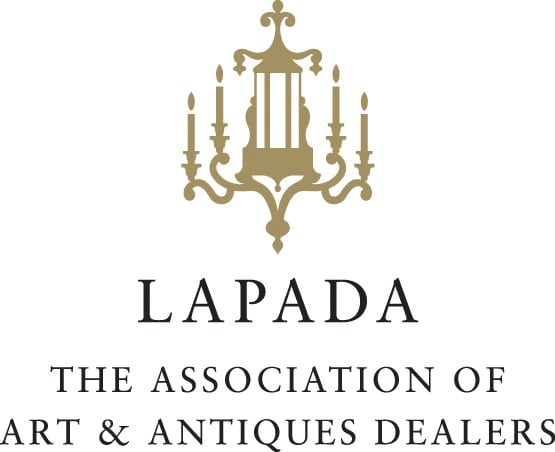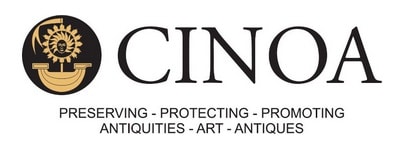Henry Moore (1898 - 1986) is one of the most significant British artists of the twentieth century. He was born on 30 July 1898 in Castleford, Yorkshire, the son of a miner and the seventh of eight children. He was injured in World War One, as a soldier, in 1917 by a gas attack during the Battle of Cambrai. In 1919, thanks to an ex-serviceman's grant, Moore became a student at the Leeds School of Art. He went on to attend the Royal College of Art in London in 1921. Moore later taught at the College and met Irina Radetsky, whom he married in 1929.
Widely acknowledged as one of the greatest sculptors of the 20th century and as the most celebrated British artist of his time, Henry Moore trained at Leeds School of Art before gaining a scholarship to the Royal College of Art. By the 1930s Moore was already recognized as the leading avant-garde sculptor in England but it was his war drawings that brought him to the attention of the British public. His wider reputation was assured in 1948 when he won the International Sculpture Prize at the Venice Biennale and from then on came public commissions from all over the world.
Moore started printmaking in 1931, and in 1958 met the master lithographer Stanley Jones at the Curwen Press with whom he continued to make prints until the end of his life in 1986. Many of his etchings were published by the Swiss art dealer and publisher, Gerard Cramer, whom he met in 1961. Cramer and Moore went on to work together for over 25 years.
International success characterised Moore's career from the 1950s onward. In 1977 he established the Henry Moore Foundation to encourage wider enjoyment and opportunities in the arts.



